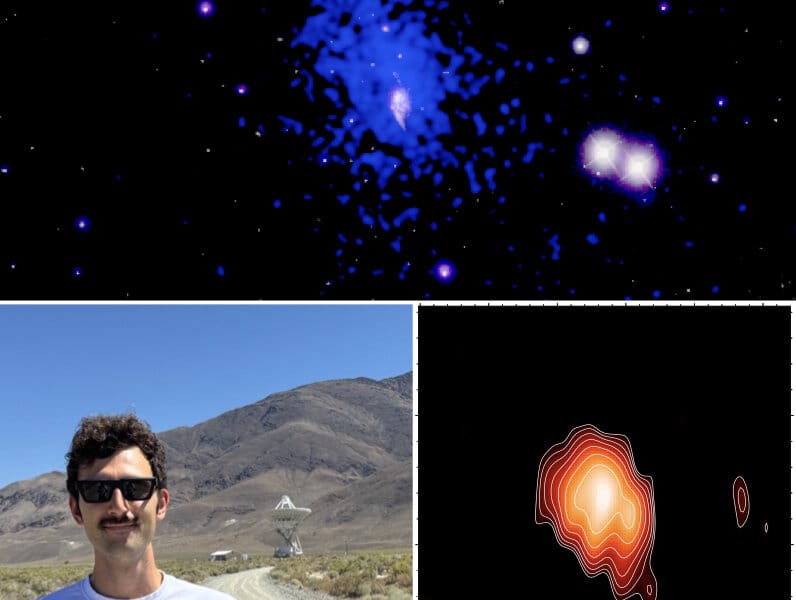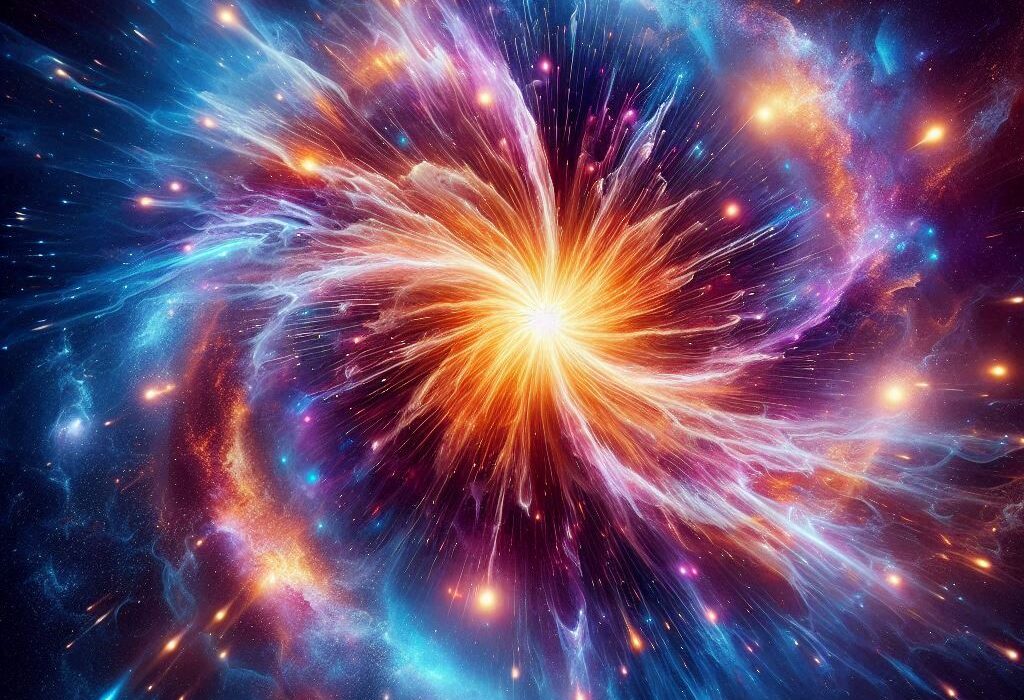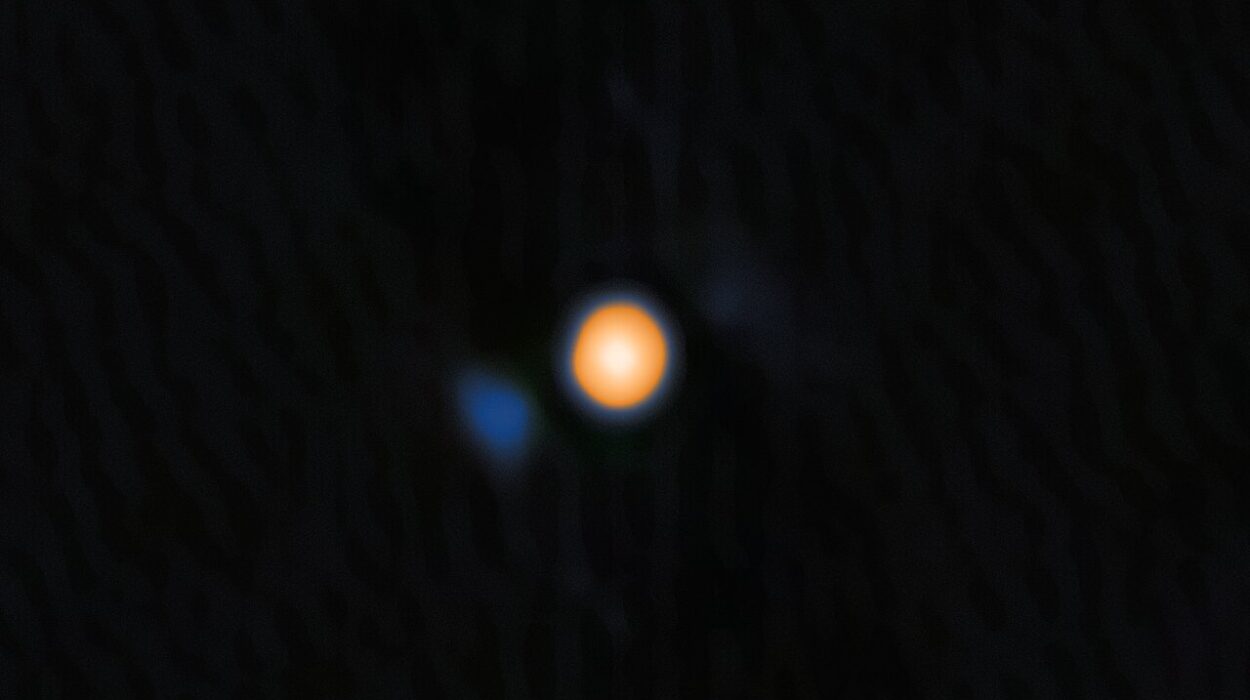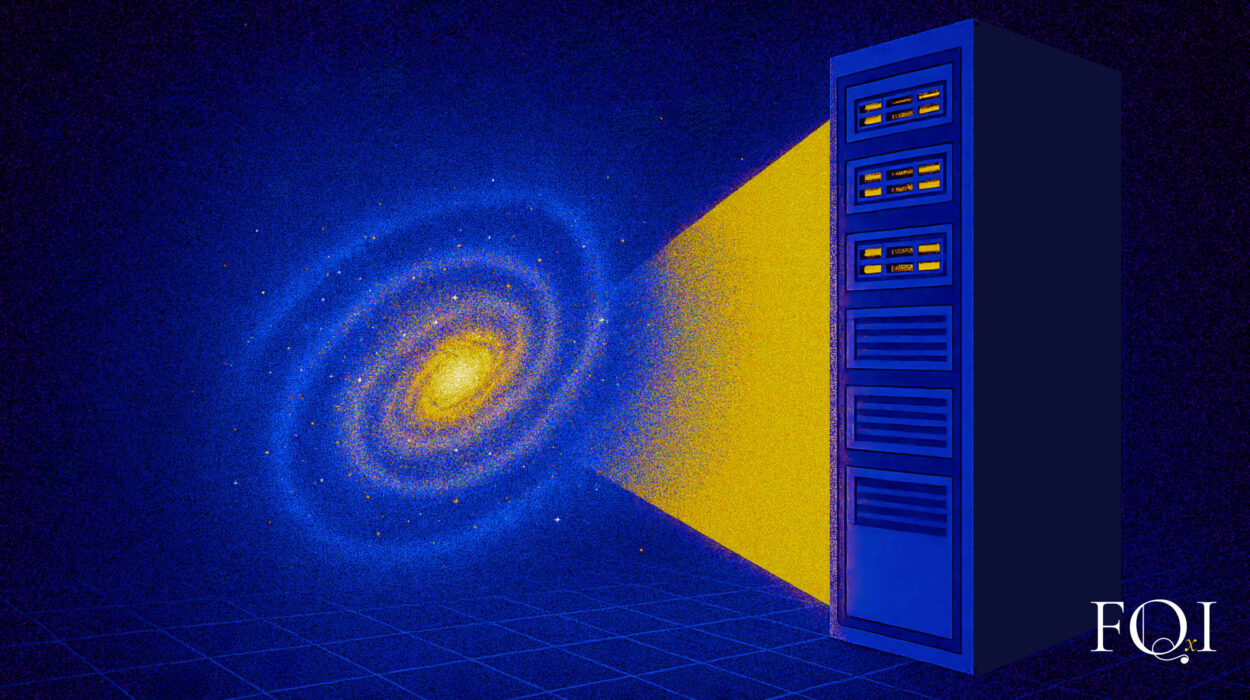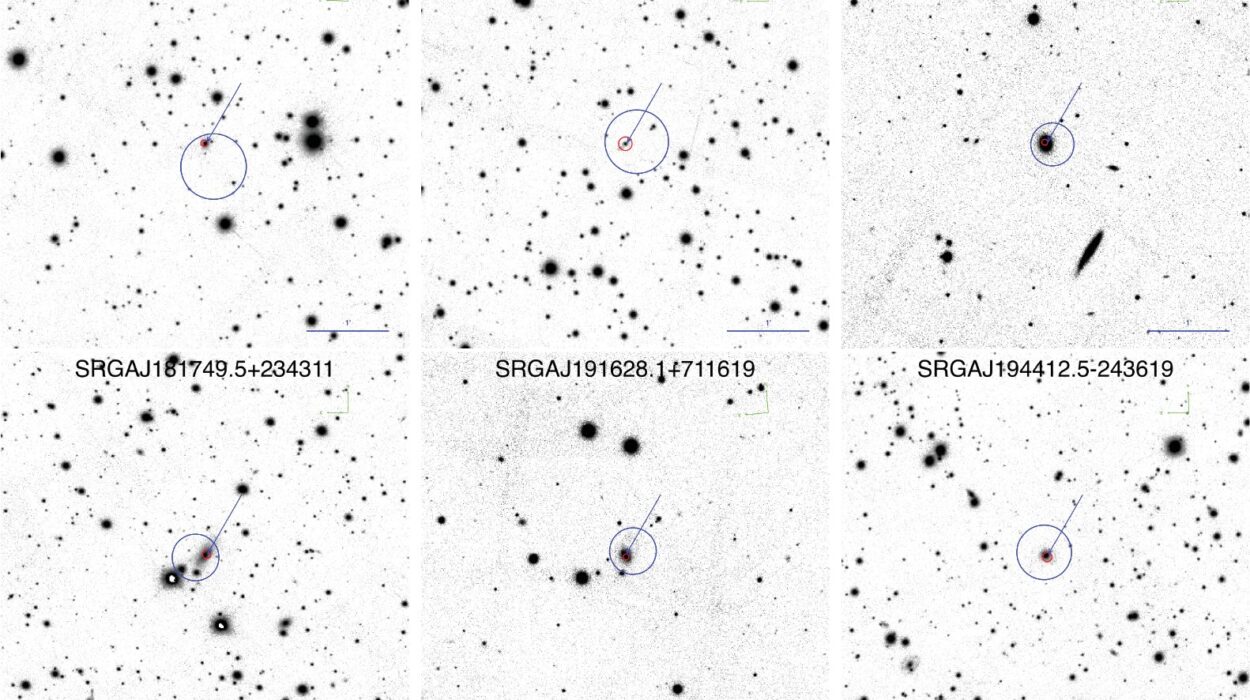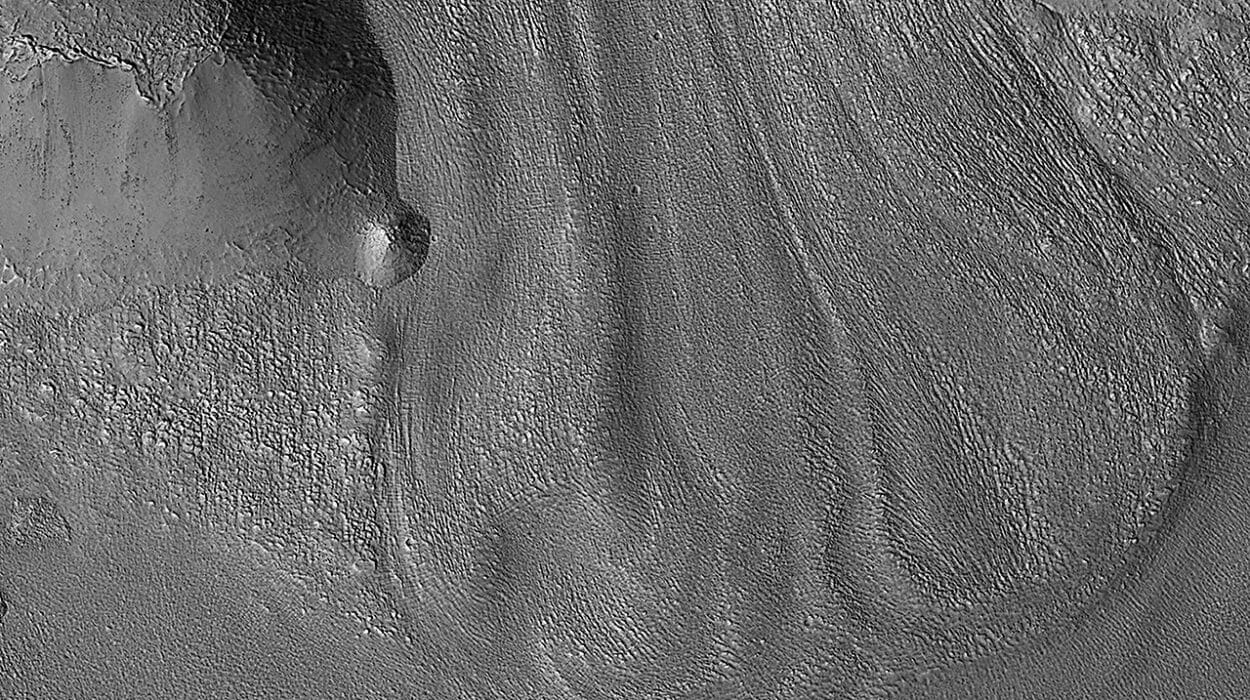For the first time, astronomers have caught a cosmic giant in the very moment it begins to stir from eons of silence. Using the Very Long Baseline Array (VLBA) and the Very Large Array (VLA), researchers have observed a supermassive black hole in the earliest stages of its active life — a discovery that could rewrite what we know about the birth of galactic giants and their role in shaping the cosmos.
“This is like watching a sleeping giant wake up,” said Francesco Ubertosi, lead author of the study from the University of Bologna and Italy’s National Institute for Astrophysics (INAF/IRA). “We’re seeing the black hole before it has time to reshape its surroundings. It’s a once-in-a-lifetime glimpse into the ‘before’ stage of black hole feedback.”
The galaxy cluster in question — CHIPS 1911+4455 — sits an astonishing 6 billion light-years away. Yet, with the right tools and timing, astronomers have captured its heart in the very moment of ignition.
The First Thousand Years of a Cosmic Giant
In cosmic terms, the black hole’s new active phase began just 1,000 years ago — a blink of an eye compared to the billions of years it has existed. The VLBA’s astonishing resolution — so sharp it could read a newspaper in Los Angeles from New York — revealed twin jets of high-energy particles extending just 30 parsecs (about 100 light-years) from the galaxy’s center.
For most active galaxies, such jets stretch tens of thousands of parsecs. Here, they are still tiny and fragile — the first sparks of a storm that will eventually reshape the galaxy cluster.
“These jets are still so young that they haven’t pushed away the hot gas around them,” explained Myriam Gitti, co-author from the University of Bologna and INAF/IRA. “This means we can study the very first moments before black hole feedback begins to dominate.”
A Pre-Feedback Laboratory
Most studies of galaxy clusters capture mature black holes — ancient monsters that have been active for millions of years, blowing vast bubbles into surrounding gas and regulating star formation. But CHIPS 1911+4455 is different. It is what astronomers call a pre-feedback cluster, a rare stage where the black hole is only beginning to influence its surroundings.
Hot gas in the cluster’s core shows low entropy and short cooling times — conditions ripe for feeding a dormant black hole. “We may be looking at the smoking gun of black hole ignition,” said Pasquale Temi of NASA’s Ames Research Center. “The gas is cooling fast, delivering fuel straight into the black hole’s grasp.”
A Galaxy on Fire with Stars
Even before the black hole has started reshaping the cluster, its host galaxy is already in overdrive. It’s forming stars at a staggering 140–190 solar masses per year — over 100 times the rate of the Milky Way. This makes it one of the fastest star-forming central cluster galaxies ever recorded.
VLA radio maps revealed delicate “whiskers” of emission tracing the same regions where the Hubble Space Telescope detects blazing bursts of star formation. These faint tendrils are powered by synchrotron radiation from exploding stars, confirming the galaxy’s furious pace of stellar birth.
How Black Holes and Galaxies Evolve Together
The interplay between black holes and their host galaxies — known as feedback — is central to understanding galaxy evolution. When active, black holes can heat surrounding gas, halting star formation and regulating galaxy growth. But most evidence comes from systems where feedback is already in full force.
“CHIPS 1911+4455 may be showing us a completely different trigger for black hole activity,” said Ubertosi. “This system’s recent galactic merger might have boosted cooling in the cluster core, jump-starting the black hole’s awakening.”
Power in Unity: VLBA and VLA Observations
The discovery was possible only by combining two powerful instruments. The VLBA provided the pinpoint detail to resolve the tiny, young jets. The VLA added the sensitivity to detect faint, extended radio emission from star formation.
“The VLBA gives us a magnifying glass for the jets,” explained Marcello Giroletti of INAF/IRA. “The VLA gives us the wide-angle view to see the galaxy’s starburst in its full context. Together, they tell the whole story.”
Observations covered frequencies from 320 MHz to 5 GHz, allowing the team to map the radio spectrum and confirm the source’s extreme youth.
Watching a Giant Grow
This young black hole will not stay so small for long. Over cosmic time, its jets will expand, carving cavities in the surrounding gas, slowing star formation, and locking the galaxy into a quieter, older phase.
The team plans to monitor CHIPS 1911+4455 as it grows, hoping to find more systems in the same embryonic stage. Such discoveries could reveal the diversity of pathways by which black holes ignite.
“This is the first page of a story that could span millions of years,” said Ubertosi. “Now we finally get to read how it begins.”
The findings were published this week in The Astrophysical Journal, marking a major step toward unlocking one of astrophysics’ most enduring mysteries: how sleeping giants wake, and how they shape the universe around them.
More information: Francesco Ubertosi et al, JVLA and VLBA Study of the Merging Cool Core CHIPS 1911+4455 at z ∼ 0.5 Radio Emission from an Infant Active Galactic Nucleus and from a Rapidly Star-forming Brightest Cluster Galaxy, The Astrophysical Journal (2025). DOI: 10.3847/1538-4357/adf19c
